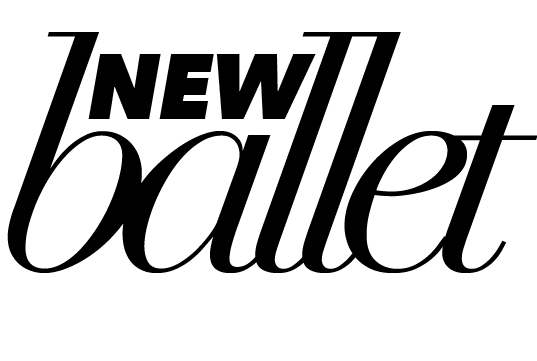What is ballet?
Dance has been a part of human culture since the beginning of recorded history and still is a large part of the human experience whether as a way to express ourselves with friends (think tiktok!) or as a form of art and entertainment. We will give a brief history of classical ballet, specifically, but we encourage you to not only continue learning about ballet, but all forms of dance whether theatrical or cultural to better appreciate the broad spectrum of movement we enjoy today!
Ballet as we know it is thought to have originated in Europe. At a time where the hobbies of the commoner were “dignified” by the nobility, dance too became associated with the courts of the early 16th century. The codified steps were more shows of “etiquette” and performed for peers (hey, just like tiktok!). Eventually these noble colloquial dances began being commissioned and accompanied other art forms such as music and plays. This more theatrical form of ballet occurred in Italy and spread to France when Catherine de Medici of Italy married the French King Henry II.
The increased popularity of the proscenium stage made ballet more of an art form, with dancers becoming increasingly professional and performing spectacular feats, including pirouettes. The influence of Italian and French techniques of ballet eventually made their way to Russia where ballet further progressed. Even Enrico Cecchetti, Italy’s most famed ballet virtuoso and founder of the Cecchetti method established much of his career in Russia as well as French born Marius Petipa, choreographer of many of the classical ballets still performed today.
Ballet does not exist in a bubble and the increased ability for travel as well as a multitude of world events helped create the Ballet Russe, a company with innovative ideas on choreography that brought famed Russian dancers to perform in Paris and eventually the United States and South America.
In 2009 American Ballet Theatre, decried by congress as “America’s Ballet Company,” developed the ABT National Training Curriculum, combining the best of the Russian, French, Italian, and English ballet training techniques with input from a medical advisory board to take into account dancer health and child development. New Ballet School’s teachers are certified in this curriculum and New Ballet School is the only ABT certified school in the area.
Ballet today still carries on the tradition of classical techniques and variations but is infusing other dance styles and more contemporary music to evolve with the current times.











